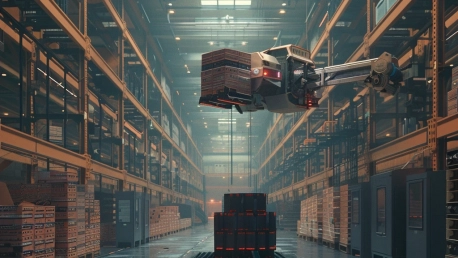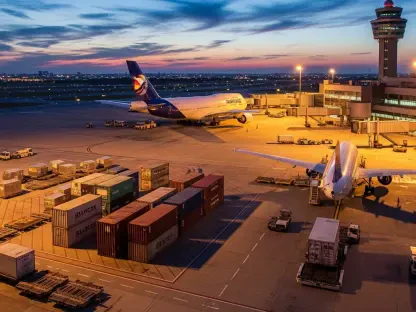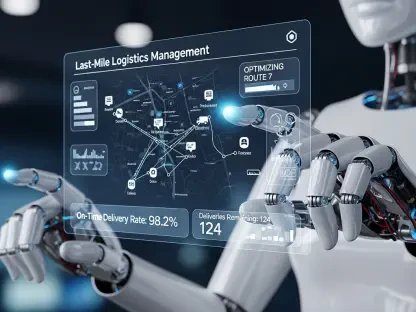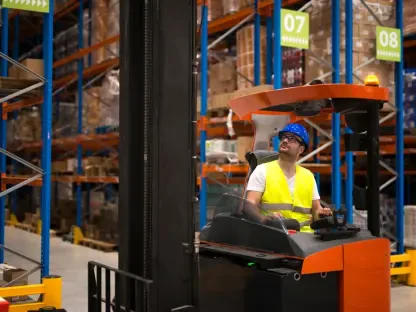With robotics becoming a cornerstone in the transformative landscape of supply chain and warehousing, the question is no longer *if* they should be incorporated, but *how*. Kim Losey of Rapid Robotics shares invaluable insights on the correct approach to this digital uprising and points out the pitfalls companies should avoid.
The Dawn of Robotics in Supply Chains
Identifying Opportunities for Automation
In the world of logistics and warehousing, the role of robotics has evolved from a novel concept to a critical component for growth. With the advent of a severe labor shortage, companies are compelled to seek efficiency through automation. Kim Losey advises businesses to conduct a thorough assessment of their operations to pinpoint the processes that would benefit most from automation. This first step is often the toughest, requiring leaders to predict not only their current needs but also anticipate future changes. It demands a strategic vision that is both pragmatic and flexible, leaning toward iterative implementation rather than striving for perfection from the outset.
Adjusting to Industry Dynamics
The conversation on robotics is not static, as it reflects the ever-shifting sand dunes of industry demands and consumer expectations. Organizations must adapt rapidly to stay relevant, and robotics can be a powerful ally in this quest. They have grown beyond simple repetitive tasks. Thanks to AI advancements, today’s robots are equipped with sophisticated vision systems and can adapt to varying scenarios through generative AI. Even then, the transition is not devoid of challenges. The influx of robotics should be scalable and adaptive, with the ability to refine strategies as the business environment evolves.
Sustaining Robotics in Operations
Overcoming Obstacles of Unused Robotics
One glaring issue that Losey highlights is the creation of “robot graveyards,” where unused robots gather dust due to various reasons such as a change in company strategy or the loss of an internal champion who led the robotics initiative. Such wastage underscores the necessity not only for strategic planning but also for ongoing support from robotics providers. Viewing them as partners rather than mere vendors can facilitate a continuous evolution of robotic integration aligned with the company’s trajectory.
Maintaining a Synergistic Workforce
As supply chains and warehouses increasingly embrace robotics, experts like Kim Losey from Rapid Robotics advise on the best strategies for integration. Instead of questioning the need for robots, the focus has shifted to the most effective methods of implementation. Losey emphasizes the importance of individualized solutions that align with specific business goals. She cautions against common traps, such as undue focus on short-term gains over long-term efficiency or the oversight of human-robot collaboration dynamics. Companies must consider not just the technological aspects but the broader impact on their operations. A thoughtful approach will maximize the benefits of this technological revolution, optimizing productivity and staying competitive in the evolving market. Properly incorporating robotics is not just a matter of following trends but ensuring they serve the company’s unique purposes.









